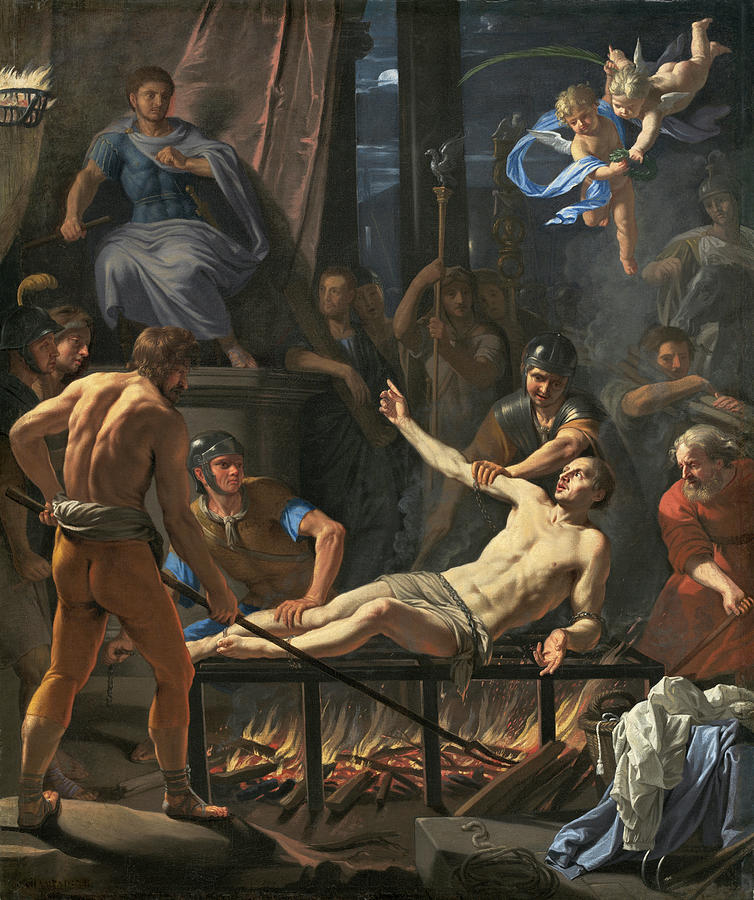


Questions, Comments, Voluntary Submissions So, EleHistory Research reserves the right to charge a one-time or subscription fee. In the future, it may be necessary to use high-bandwidth web servers and other special resources.
JEAN BAPTISTE DE LANGY SERIES
The southern campaign is covered with good resolution.Īlthough the northern campaign is covered, its best coverage is from January 1775 through March 1777.Įvery effort is being made to cover the northern campaign at higher resolution for later times using the Papers of George Washington, Revolutionary War Series and other sources.Īt present, this web application is freely available to everyone. Thus a one hour difference from our clocks occurs during the months when we observe daylight-savings time.įor example, a historical event that occurred at 4:00 PM, like the beginning of the Battle of Kings Mountain, corresponds to 5:00 PM daylight-saving time.Īt present, this electronic timeline covers the 9-year time span between () and ().Īlthough you can display some troop deployments before and after this time period, they are not yet fully represented. They were using an approximation of what we call today Eastern Standard Time. Hour-by-hour precision, if known, will be added later.įor this electronic timeline to work consistently, Eastern Standard Time is used for every day of the year.Īt the time of the American Revolution, people estimated the time of day relative to local noon, when the sun was highest in the sky. This application uses Google Maps API 3 technology.Īt present, each troop deployment is precise to within a day. If you require precision, click on the flag marker and access the cited source document. So this electronic map does not prove troop presence at every displayed location. Where they deviate, the nearest modern road approximates the old road. That is often precise because many old roads, especially ridgeline roads, are still being used today. In the future, such locations will be made precise when verified from original source documents.Īt present, each displayed march route follows a modern road. In such cases, the source is cited as "interpolated". This can better approximate what actually happened by smoothing over mutiple-day jumps. If exact troop location is not known during movement, it may be interpolated between known prior and post locations. Troop deployments are shown at the regiment level, typically a few hundred men. If you allow disclosure of your location, many mobile devices will mark your location among nearby historical sites and troop movements.Visit a site virtually using Google Maps StreetView.Zoom in or out at any mouse pointer location using mouse wheel.Ĭenter the map at any location with a double-click. Learn local details at map center, by clicking the "+" zoom-in button. Understand the "Big Picture", by clicking the "-" zoom-out button. Learn more geographic details by selecting map type: terrain, topographic, satellite, or modern road map.Follow a particular unit or commander by day and location.Determine troop movement mileage, as measured on modern roads, by clicking on its path.Click on US, British, French, Hessian or Spanish flag for troop deployment details, including strength, location, known weather conditions, and source documentation.The map is particularly effective in showing opposing troop movements. Span multiple days by specifying a Start time and End time. Troop movements are shown at the regiment level as colored lines.įollow troop movements by clicking Next Day or Prev Day button. Observe simultaneous British and American troop deployments. Display the overall military situation at the time of a specific event, like a battle.Its mission is to produce time-sensitive, integrated, and immersive history tools.ĭisplay time-sensitive sites, including: forts, batteries, courthouses, hospitals, churches, schools, plantations, grist mills, iron furnaces, forges, fords, ferries, bridges, inns, ordinaries, taverns, landmarks, camps, battles, skirmishes, sieges, cemeteries, and graves.Įach site is plotted only if it existed during your specified time period.Ĭlick on a site marker for additional details. Original sources are referenced, and when possible, directly viewable.ĮleHistory Research is developing this new capability. Through continued refinement this application will provide clearer pictures of the historical settings in which military and political decisions were made. It is an ongoing project to encapsulate interrelated sites, commanders, military units, troop movements, weather conditions, and source documentation into one coherent interface. This web application plots significant sites and actions during the American Revolution, 1775-1783.


 0 kommentar(er)
0 kommentar(er)
